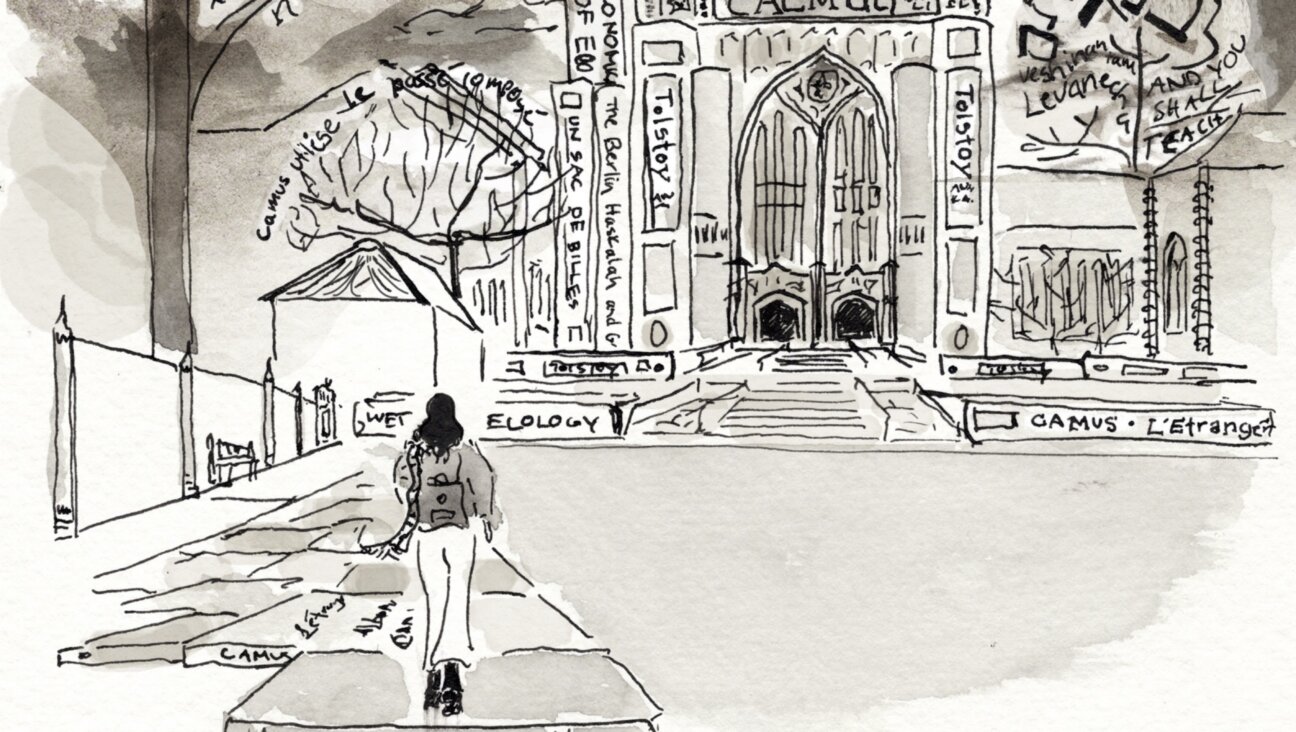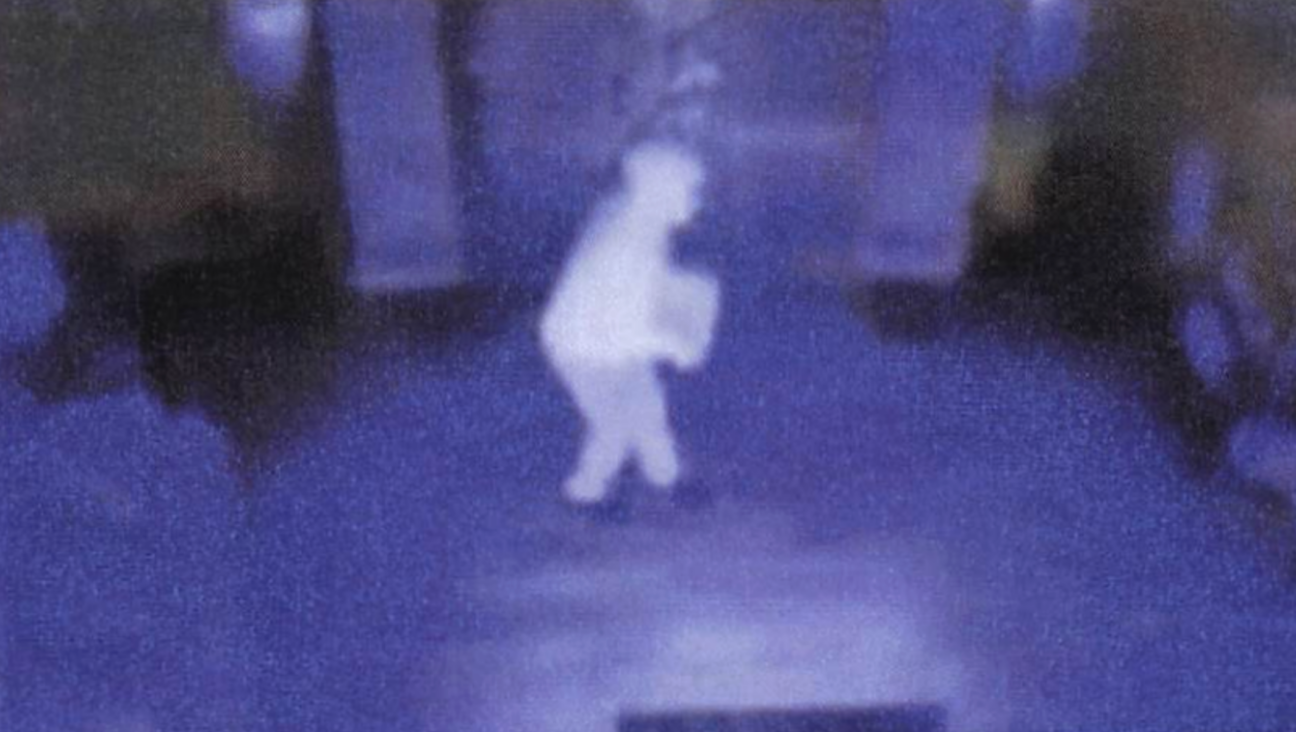Trotsky’s Jewish Question
Seventy years ago, on August 20, 1940, Leon Trotsky — the arch-heretic of international communism and symbol (for his admirers) of Bolshevik revolutionary purity — was struck down in Mexico City by a Stalinist assassin’s axe.
Trotsky, an architect of the 1917 October Revolution and, subsequently, the creator of the Red Army, which he led to victory in the Russian Civil War, had been expelled from the Soviet Union in 1929. Throughout the 1930s, he would continually denounce the Stalinist “Tower of Babel” — as he called the regime of his nemesis, Joseph Stalin — as a betrayal of the revolution. All the while, in the Soviet Union and elsewhere, his followers were ruthlessly persecuted and purged.
Even today, 20 years after the collapse of Soviet-style communism in Russia, Trotsky — though no longer subject to systematic execration — remains a controversial and mostly unloved figure. In the West, his legacy is kept alive by the amorphous Fourth International — a motley crew of Trotskyist groups whose sectarianism, internal dissensions, sterile scholastic disputes and personal rivalries are legendary.
Trotsky’s own dreams of an international proletarian revolution and belief in the imminent demise of world capitalism did not, of course, come to pass. Nor did his prophecies of the disappearance of the nation-state.
Nevertheless, despite the rigidities and dogmatic absurdities of Trotskyist ideology, in some countries, like Britain and France, his self-identified heirs still exercise a certain radicalizing influence — not least in their unconditional embrace of the Palestinian cause. This is especially noteworthy in light of the shift in Trotsky’s own views on Zionism, Jewish assimilation and the Palestine question during the 1930s.
Lev Davidovich Bronstein (to use his original Russian-Jewish name) had, since his early years, vigorously opposed not only Zionists but even the anti-Zionist Jewish socialist Bundists for their national particularism. As a Russified atheist Marxist, he had no time for the Bible, Judaism, Jewish history or culture — which he dismissed as relics of an outmoded ghetto psychology.
An observer at the Sixth Zionist Congress in Basel in 1903, the young Trotsky branded Herzl a “shameless adventurer” who had the impudence and “devilish perfidy” to seek a fatherland for the Jews. Later, at the height of his Bolshevik glory in 1921, he dismissed a plea from Moscow’s chief rabbi to intercede on behalf of starving Russian Jews. The rabbi is reported to have commented after the meeting: “The Trotskys make the revolutions, and the Bronsteins pay the bills.”
The beginnings of a change in Trotsky’s attitudes came during the struggle for power in the Soviet Union, in which Stalin, using anti-Semitism in the Bolshevik ranks as a weapon, defeated Trotsky. In the 1930s, the exiled Trotsky began to take an interest in the Arab-Jewish conflict and Zionist colonization in Palestine. He was distrustful of what he called the “reactionary Muslim” and “anti-Semitic pogromist” elements in the Palestinian Arab national movement. In contrast to the Stalinist Comintern, he did not sweep the anti-Jewish riots in Palestine in 1929 under the carpet or reduce them to a minor episode in the Arab liberation struggle.
By 1937, Trotsky — although never a Zionist — had come to radically revise his earlier standpoint on the “Jewish question.” He recognized, for example, that his earlier belief in inevitable assimilation was unfounded; that there was a Jewish nation, which required a territorial base; and that the Soviet regime was shamelessly encouraging anti-Semitism to deflect attention from its own failures.
Most remarkable of all was Trotsky’s insight into the Nazi danger about which he had constantly sounded the alarm since 1930. A month after the 1938 Kristallnacht pogroms in Germany, he unequivocally warned American Jewry of the forthcoming annihilation of the Jews. Trotsky bluntly wrote that even without the outbreak of a new European war, “the next development of world reaction signifies with certainty the physical extermination of the Jews.” This chilling prophecy uttered from Mexico City was ignored.
Shortly before his assassination, he also warned that the British White Paper of 1939 “may well transform Palestine into a bloody trap for several hundred thousand Jews.” Trotsky correctly surmised that British imperialism had abandoned its commitment to a Jewish national home and would unhesitatingly sacrifice Zionism on the altar of its Middle East strategy.
Leon Trotsky spent most of his life trying to escape from his Jewish background and the image of the soft and indecisive ghetto Jew. Bolshevism did harden him, turning the Marxist intellectual into an alien for the Jews and a demonic symbol of Judeo-Communism for anti-Semitic gentiles.
Even among his fellow revolutionaries, he proved unable to transcend his Jewish background. In the 1930s the struggle against the bogeyman of “world Trotskyism,” seen as synonymous with perfidy and betrayal, would become a leitmotif of Stalin’s propaganda machine around the world. In an age of totalitarian terror, the effort to hunt down Trotsky came to uncannily prefigure the tragic fate of the Jewish people whom he had once so arrogantly abandoned.
Robert S. Wistrich is director of the Vidal Sassoon International Center for the Study of Anti-Semitism at the Hebrew University of Jerusalem. He is the author of “A Lethal Obsession: Anti-Semitism from Antiquity to the Global Jihad” (Random House).
















